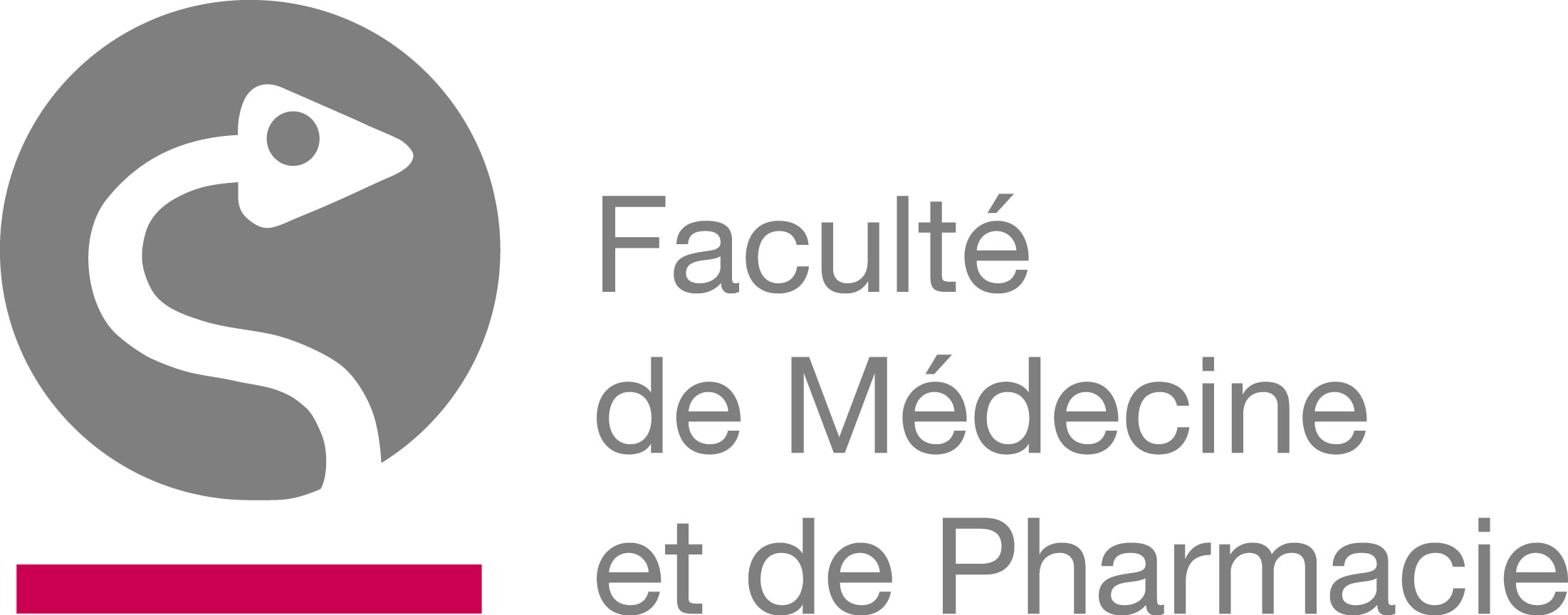 | Study programme 2023-2024 | Français | |
 | Toxicologie prédictive | ||
Programme component of Master's in Pharmacy (MONS) (day schedule)Faculty of Medicine, Pharmacy and Biomedical Sciences |
| Code | Type | Head of UE | Department’s contact details | Teacher(s) |
|---|---|---|---|---|
| UM-M1-PHARMA-002-M | Compulsory UE | COLET Jean-Marie | M125 - Biologie humaine et Toxicologie |
|
| Language of instruction | Language of assessment | HT(*) | HTPE(*) | HTPS(*) | HR(*) | HD(*) | Credits | Weighting | Term |
|---|---|---|---|---|---|---|---|---|---|
| Français | 24 | 0 | 6 | 0 | 0 | 3 | 3.00 | 2nd term |
| AA Code | Teaching Activity (AA) | HT(*) | HTPE(*) | HTPS(*) | HR(*) | HD(*) | Term | Weighting |
|---|---|---|---|---|---|---|---|---|
| M-BHTO-302 | Predictive toxicology - part 1 | 15 | 0 | 0 | 0 | 0 | Q2 | |
| M-BHTO-303 | Toxicologie prédictive - Partie 2: les modèles in vitro et les approches omiques | 9 | 0 | 6 | 0 | 0 | Q2 |
| Programme component |
|---|
Objectives of Programme's Learning Outcomes
Learning Outcomes of UE
The main objective of this course is to provide to the students the major tools used to predict the potential toxic effects of chemicals. Consequently, at the end of this course, the students will be able to :
- understand and describe the predictive approach based on structure-activity relationship (QSAR)
- Use the available predictive softwares for the prediction of the metabolism and the safety of a substance from its chemical structure
- identify the most appropriate in vitro and in vivo assays for risk assessment based on the target organ
- interprete data obtained from the mandatory Ames assay
- design a study protocol for preclinical toxicology evaluation
UE Content: description and pedagogical relevance
The class will be divided in two sections:
1. in silico Models (QSAR, CADD, and expert systems)
2. in vitro et in vivo models (mutagenicity, developmental toxicity, major target organs, and genomics, proteomics, and metabonomics approaches applied to toxcicology)
Prior Experience
Fundamentals in biology and chemistry
Genral toxicology class
Type(s) and mode(s) of Q2 UE assessment
- Written examination - Face-to-face
Q2 UE Assessment Comments
For Part I (AA QSAR approaches), the exam is composed of two parts (with a score of 10 points):
1) a series of 20 MCQs (quote on 5 points)
2) an open question (quote on 5 points)
For part II (in vitro and in vivo tests), the overall score of the AA out of 10 points is calculated as follows:
1) 4 points out of 10 are attributed to the eaxm on TPs
2) 6 points out of 10 for a series of 12 MCQs
Method of calculating the overall mark for the Q2 UE assessment
The overall EU score is calculated as the arithmetic sum of the scores obtained in the two AAs. In case of failure (overall mark
Type(s) and mode(s) of Q3 UE assessment
- Written examination - Face-to-face
Q3 UE Assessment Comments
same as Q2
Method of calculating the overall mark for the Q3 UE assessment
same as Q2
Type of Teaching Activity/Activities
| AA | Type of Teaching Activity/Activities |
|---|---|
| M-BHTO-302 |
|
| M-BHTO-303 |
|
Mode of delivery
| AA | Mode of delivery |
|---|---|
| M-BHTO-302 |
|
| M-BHTO-303 |
|
Required Learning Resources/Tools
| AA | Required Learning Resources/Tools |
|---|---|
| M-BHTO-302 | "Powerpoint" slides available on Moodle platform |
| M-BHTO-303 | "Powerpoint" slides available on Moodle platform |
Recommended Learning Resources/Tools
| AA | Recommended Learning Resources/Tools |
|---|---|
| M-BHTO-302 | Not applicable |
| M-BHTO-303 | Not applicable |
Other Recommended Reading
| AA | Other Recommended Reading |
|---|---|
| M-BHTO-302 | Not applicable |
| M-BHTO-303 | Not applicable |